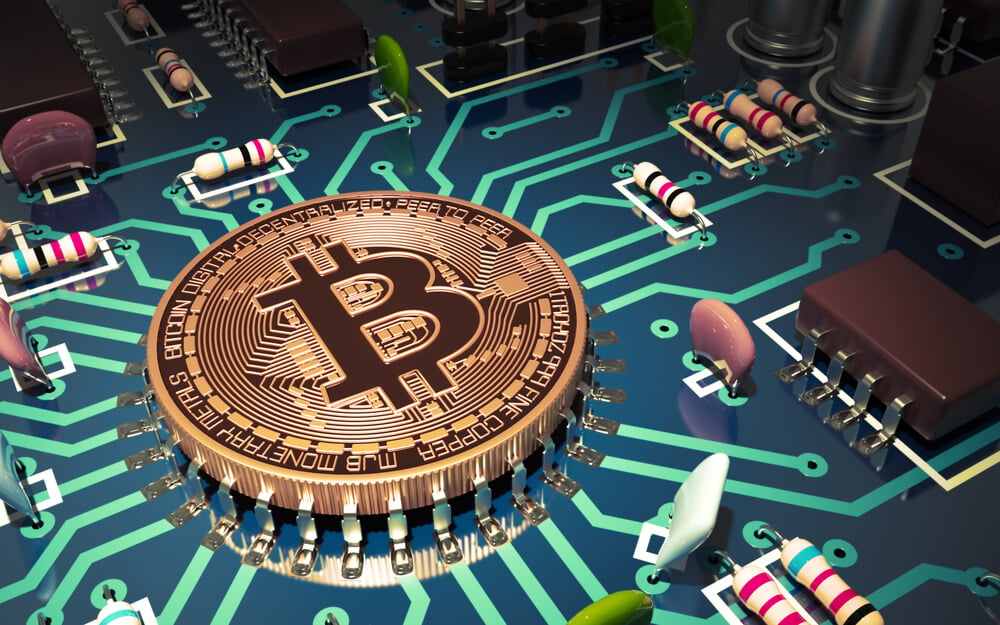No End In Sight For Block Size Debate As ‘Halving’ Approaches: Will The Bitcoin Network Survive?

The conflict over how to expand the bitcoin network has reached a critical point with no resolution in sight as the “halving” approaches in June, according to Paul Vigna, The Wall Street Journal’s “Moneybeat ” blogger.
Bobby Lee, CEO of BTCC, compared the rift to a split between religions. The conflict pits bitcoin miners against bitcoin entrepreneurs. The Classic camp, consisting of the entrepreneurs, wants a more immediate fix to expanding the network by increasing the block size. The Core camp, consisting of miners, doesn’t want to increase the block size since some miners will be less likely to earn mining rewards.
Vigna gave an overview of the role mining plays in the bitcoin network.
The Incentive Mechanism
For the bitcoin network to continue to operate in a decentralized manner, it needs its built-in incentive mechanism to sustain the miners that confirm the network’s transactions. In exchange for confirming batches of transactions, miners are rewarded. Twenty-five bitcoins are paid about every 10 minutes to the first miner to process one block of transactions.
Blocks have a size limit of 1 megabyte. As more people use bitcoin, the network has grown to a point where transactions are filling up the blocks. As a result, some transaction confirmations have started to slow. Some transactions have to wait for the next block of transactions to be confirmed.
Increase The Block Size?
One solution to the problem is to increase the block size. This is technically feasible, but it affects the miners’ profitability. Enlarging the block size impacts mining’s economics, possibly shifting the advantage to larger miners at the expense of smaller ones. This could result in concentrating computing power in a smaller number of miners who would gain control over the network.
Concentration of power goes against bitcoin’s central purpose of being decentralized. The price of maintaining decentralization, however, is a slower-running network that is less attractive to users, which in turn impacts the business model of all the industry startups.
The Conflict Intensifies
The conflict has exacerbated and gotten nasty, Vigna noted. It shows how difficult it is to create a decentralized, open network not controlled by any one group. It could prove to be a lesson for the many projects being developed around bitcoin’s underlying technology.
Recently, there have been intermittent reports of delayed transactions. A large number of blocks have bumped up against the 1-megabyte limit. Companies have reported complaints from customers about slow transaction confirmation speed.
The network has thus far sustained, and the bitcoin price has yet to be affected. Through 2016 to date, the price has traded at over $400.
Compromise Efforts Fail
Attempts to reach a compromise between the camps have failed.
As recently as late last month, during the Satoshi Roundtable, a group of bitcoin leaders tried to reach a compromise. Blockchain.info Peter Smith, Coinbase CEO Brian Armstrong and developer Gavin Andresen criticized the meeting.
Armstrong, writing on Medium, said the Core developers see themselves as central planners who are willing to allow bitcoin to fail as long as they don’t compromise their principles.
One meeting participant said the failure to come to an agreement makes it increasingly unlikely there will be a solution. This person, who wished to remain unnamed, said there is little room left for compromise.
In the next three months, as the halving approaches, there could be a meltdown in the bitcoin system.
Every four years, there is a halving. To maintain the self-imposed cap of 21 million bitcoins, the halving in bitcoin creation prevents inflation in the currency. The mining reward is cut in half every four years. The next halving deadline will be in June.
Also read: The block size debate from a miner’s perspective
Halving Approaches
The halving affects the industry even without the block size conflict, Vigna noted. But many worry that if the block size conflict is not resolved by the time the halving occurs, a loss of computing power could occur that could effectively shut down the bitcoin network.
No one knows for sure what will happen.
Lee, for his part, remains sure that there will be a resolution. He said the industry will not let bitcoin implode.
Featured image from Shutterstock.